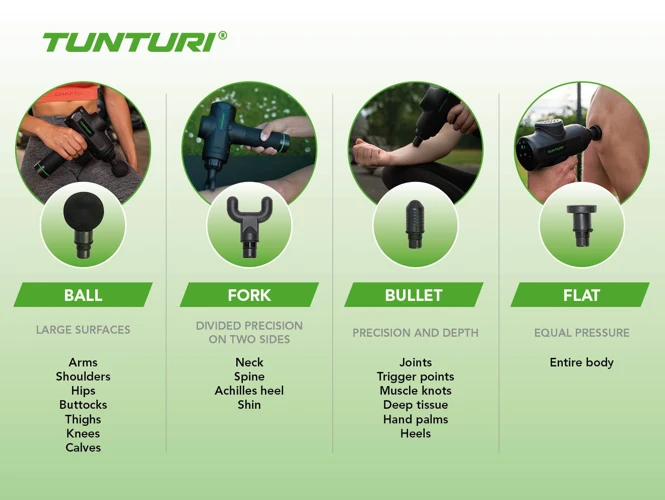Do you want to learn how to use a massage gun for optimal relaxation? This article will teach you how to get the most out of your massage gun and use it to relax your body and relieve tension. You will learn how to properly use a massage gun, the benefits of using one, and tips on how to get the best possible results. By the end of this article, you will have the knowledge to use a massage gun to its fullest potential.
Contents
What is a Massage Gun?
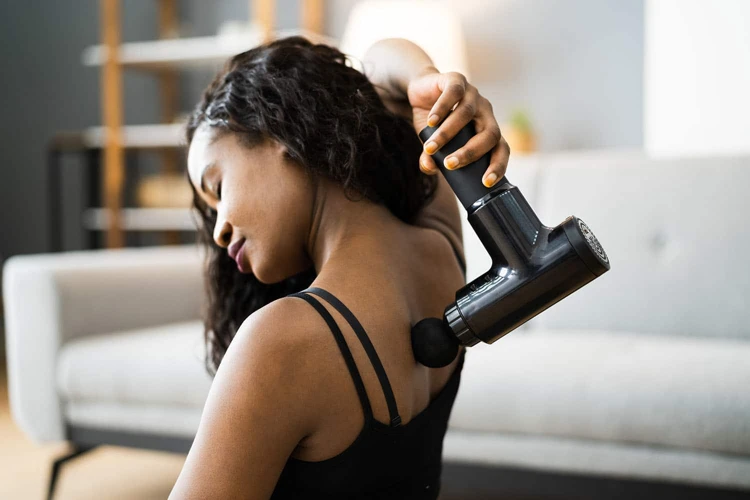
A massage gun is a handheld device that uses percussive therapy to release tension in the muscles. It is a powerful tool for relaxation and recovery, and can be used to target specific parts of the body, such as the back, neck, shoulders, and legs. It works by sending rapid pulses of pressure into the muscles, breaking down knots and tension.
The massage gun can be used for both pre- and post-workout recovery, as well as for general relaxation and stress relief. It is designed to be used by athletes, fitness enthusiasts, and anyone looking for an effective way to release muscle tension.
Benefits of Using a Massage Gun:
- Releases tension in tight muscles
- Improves range of motion and flexibility
- Promotes circulation and increases blood flow
- Reduces pain and soreness
- Improves recovery time
A massage gun is an excellent way to experience the benefits of percussive massage therapy. With the right technique, it can be used to target specific areas of the body for optimal relaxation.
How to Use a Massage Gun
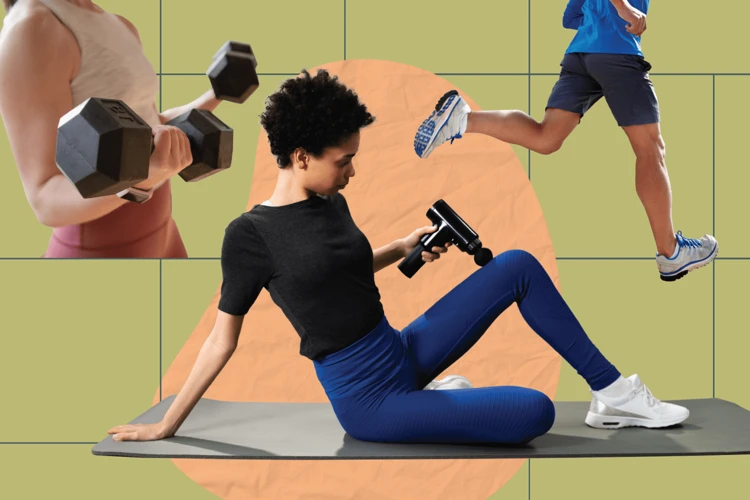
Step 1: Select the massage head that best suits your needs. Different massage heads are designed to target specific areas or muscles.
Step 2: Turn on the massage gun and set the speed. The speed will depend on how intense you want the massage to be.
Step 3: Apply the massage gun to the desired area on your body. Move it in a circular or up-and-down motion.
Step 4: Increase or decrease the speed depending on your comfort level.
Step 5: After the massage gun has been released from the area, allow the muscle to relax and feel the relief.
Step 6: Stop using the massage gun if you experience any pain or discomfort.
How Does a Massage Gun Help Sore Muscles? A massage gun helps to break down knots and adhesions in the muscles, which helps to improve blood flow and circulation. It also helps to reduce pain, stiffness, and soreness in the muscles.
Benefits of Using a Massage Gun

Relieves Pain: Using a massage gun aids in relieving pain in the joints and muscles by increasing blood flow and releasing tension in the area. This allows the person to move about without feeling uncomfortable or stiff.
Improves Mobility: By loosening the tightness in the muscles and tissues, one can feel more flexible and able to move around with ease.
Reduces Stress: Massage guns can help reduce stress and anxiety by releasing endorphins and serotonin, which are hormones that help relax the body and mind.
Improves Sleep: The increased blood circulation and relaxation can help a person achieve better quality sleep.
What Happens if You Use a Massage Gun Too Much? Overusing a massage gun can cause soreness and bruising in the area, so it is important to take breaks and not overdo it. It is also important to read the instructions and follow the manufacturer’s guidelines for using the product.
What Happens if You Use a Massage Gun Too Much?
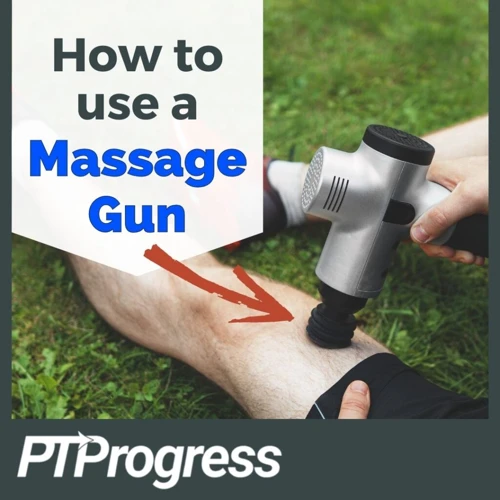
Overuse of a massage gun can lead to a variety of negative effects, including:
| Effects | Description |
|---|---|
| Tissue Damage | Using a massage gun too intensely or too often can cause tissue damage and inflammation, leading to soreness, pain, and bruising. |
| Nerve Damage | When using a massage gun, it is important to avoid putting pressure on the nerve. Overuse of a massage gun can cause nerve damage, leading to numbness, tingling, and other sensations. |
| Compromised Circulation | Using a massage gun too intensely can cause increased muscle tension, which can lead to reduced blood flow and compromised circulation. |
It is important to note that massage guns should not be used on areas of the body where there is an existing injury or inflammation, as this can worsen the condition. Massage guns should also be used with caution on areas of the body which are particularly sensitive or have thin skin, such as the abdomen, inner thighs, and armpits.
Where Not to Use a Massage Gun
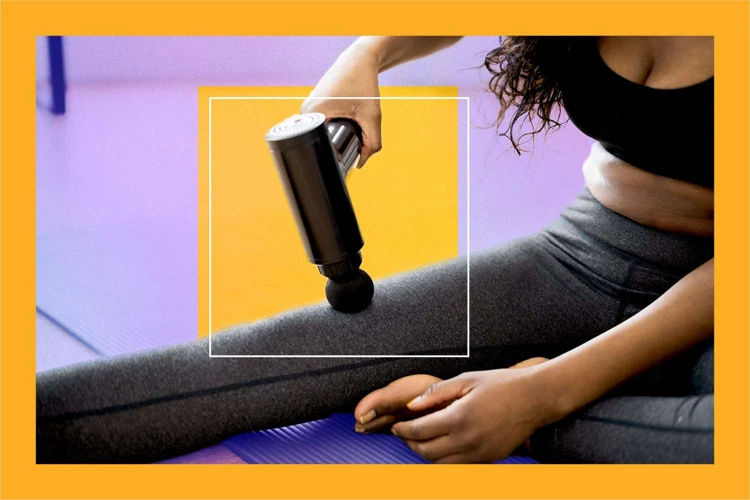
Massage guns are amazing tools for relieving muscle pain and tension. However, they can also cause pain and discomfort if used incorrectly.
Avoid using the massage gun near the spine. The spine is a sensitive area and using the massage gun near it can cause discomfort and even injury.
Avoid using the massage gun on bony areas. Massage guns are designed for use on muscle tissue and not on bony areas. Applying the massage gun to bony areas can be painful and can cause injury.
Avoid using the massage gun on inflamed areas. Inflamed areas can be very sensitive and using a massage gun on them can cause further irritation and pain.
Avoid using the massage gun on broken skin or open wounds. Applying the massage gun to broken skin or open wounds can cause further damage and infection.
Avoid using the massage gun if you have a medical condition. If you have a medical condition, it is best to consult with your doctor before using the massage gun.
| Where Not To Use | Why Does Massage Gun Hurt |
|---|---|
| Near the spine | The spine is a sensitive area and using the massage gun near it can cause discomfort and even injury. |
| On bony areas | Massage guns are designed for use on muscle tissue and not on bony areas. Applying the massage gun to bony areas can be painful and can cause injury. |
| On inflamed areas | Inflamed areas can be very sensitive and using a massage gun on them can cause further irritation and pain. |
| On broken skin or open wounds | Applying the massage gun to broken skin or open wounds can cause further damage and infection. |
| If you have a medical condition | If you have a medical condition, it is best to consult with your doctor before using the massage gun. |
Why Does a Massage Gun Hurt?
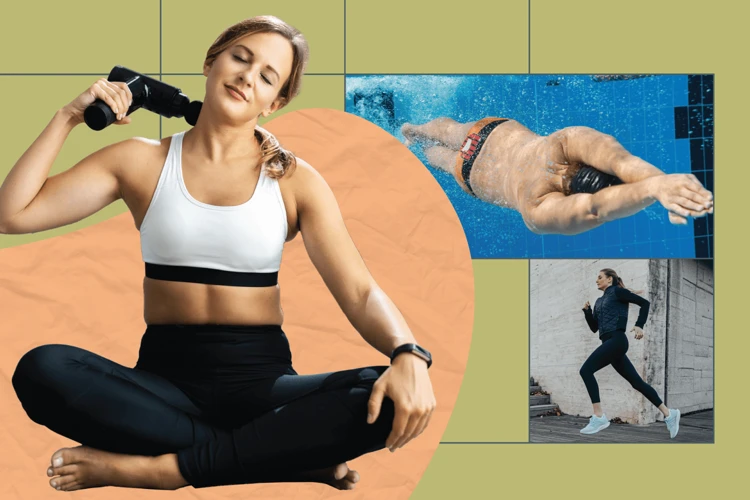
Massage guns are devices that can be used to relieve pain, tension, and soreness in the body. However, many people have noticed that using a massage gun can be quite painful. Here are some interesting facts about why massage guns can hurt:
- The massage gun’s intensity can be adjusted, and users may set it too high for their body to handle. This could cause pain or discomfort.
- Massage guns can cause inflammation in the body due to their deep tissue stimulation. This could lead to pain and soreness that can last for days.
- The massage gun’s attachments can cause bruises if it is used too intensely or for too long. This is because the attachments can cause blood vessels to burst.
- The massage gun’s vibration can cause nerve damage if used too intensely or for too long. This can lead to pain and numbness in the area.
If you want to get the most out of your massage gun, it is important to use it correctly and not use it too intensely. In general, a massage gun should be used for no more than 15 minutes, and the intensity should be kept low. This way, you can ensure that you will not experience any discomfort or pain. As far as how long does a massage gun last, it depends on the quality and frequency of use, but it can last for several years with proper care.
How Long Does a Massage Gun Last?
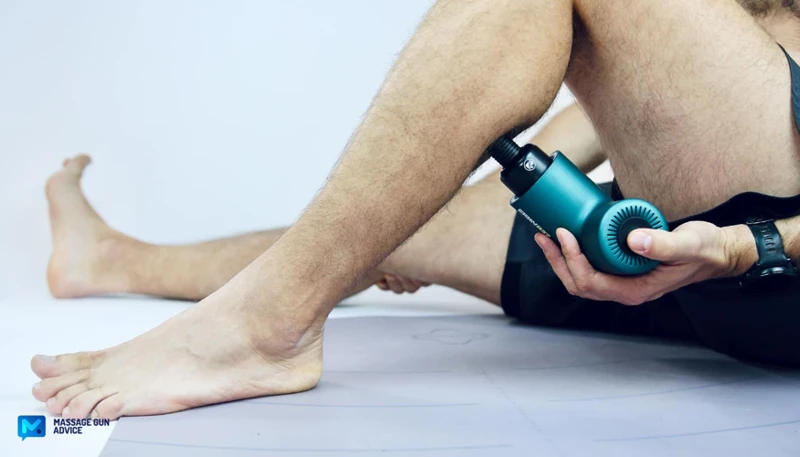
A massage gun is a handheld device that can help relieve muscle tension, improve range of motion, and reduce post-workout soreness. It is designed to mimic a deep-tissue massage, and can be used with minimal effort. Due to its portability, it is perfect for athletes who want to get a massage anytime, anywhere.
Battery Life
Most massage guns are powered by a rechargeable battery, which can last anywhere from 2-6 hours depending on the model. Massage guns with more powerful motors tend to require more frequent recharging. It is important to check the battery life of a massage gun before purchasing and/or using.
Durability
When used and maintained properly, a massage gun can last for several years. Massage guns should be handled with care and only used for the intended purpose. It is important to inspect the massage gun before each use to ensure that all components are in good condition. Additionally, the massage gun should be cleaned after each use and stored in a safe place.
When to Use
When to use a massage gun after a workout depends on the type of workout. For instance, if it is a high-intensity workout, such as weightlifting or sprinting, then it is best to wait 30 minutes or longer before using a massage gun. This allows the muscles to cool down, reducing the risk of injury. On the other hand, after a low-intensity workout, such as walking or yoga, it is safe to use a massage gun immediately.
When to Use a Massage Gun After Workout
Using a massage gun after a workout can provide many benefits! Here are a few key points to consider when using a massage gun after a workout:
- Using a massage gun after a workout can help reduce muscle soreness, improve range of motion, and improve blood flow.
- It is important to use the massage gun on the right muscles and in the right areas to prevent injury.
- Using the massage gun too much can cause bruising and pain.
- Avoid using the massage gun on sensitive areas such as the lower back, neck, and head.
- The massage gun should be used for no more than 10 minutes at a time.
- The massage gun should be cleaned after each use.
- Using the massage gun too often can cause the battery to wear out quickly.
By following these guidelines, you can safely use a massage gun after a workout to improve recovery and relaxation.
Frequently Asked Questions
What are the Benefits of Using a Massage Gun?
A massage gun offers a number of benefits, including improved flexibility and range of motion, decrease in muscle tension and stiffness, and improved circulation. The deep tissue massage provided by the massage gun helps to reduce pain and discomfort associated with muscle soreness, including those caused by sports injuries, overuse, and repetitive motions. Additionally, the massage gun helps to improve posture, release endorphins, reduce stress, and improve sleep quality.
What type of massage gun should I buy?
Choose the massage gun based on your muscles. If your muscles are tight, a massage gun with higher power and intensity is recommended. On the other hand, if you are looking to relieve soreness and tension, a massage gun with lower power and intensity is recommended.
Choose the massage gun based on your budget. Massage guns come in a variety of prices. You can find massage guns that range from $50 to $500. Choose the one that fits your budget.
Choose the massage gun based on features. Massage guns come with different features such as variable speeds, adjustable angles, and different head attachments. Depending on your needs, you should choose the one with the features that you require.
Choose the massage gun based on size. If you are looking for a massage gun for travel, choose one that is light and compact. If you are looking for a massage gun for home use, choose one that is heavier and larger.
Choose the massage gun based on reviews. Read reviews from other users and choose the one that best meets your needs.
Choose the massage gun based on warranty. Choose a massage gun that comes with a warranty, so you can be sure of its quality.
What is the Best Way to Use a Massage Gun?
To get the most out of your massage gun, it’s important to use it correctly. First, start by using the lowest setting and using light pressure. This will help you get used to the sensation of a massage gun and will allow your body to become accustomed to the vibrations. Then, gradually increase the intensity and pressure until you reach the level of intensity that feels comfortable. Be sure to use the massage gun on a flat surface and never massage directly on bones or joints. When finished, take a few minutes to rest and allow your body to adjust to the massage.
What Safety Precautions Should I Take When Using a Massage Gun?
- Read the instructions: Make sure you read the instructions provided with your massage gun before using it. This is important to ensure that you use the massage gun correctly and safely.
- Set the massage gun to the correct speed: It is important to set the massage gun to the correct speed to prevent any injury. Start at the lowest speed and then gradually increase the speed to the desired level.
- Check the massage gun regularly: Check the massage gun regularly for any signs of wear and tear. If any parts are worn or damaged, replace them immediately.
- Limit the use: Don’t use the massage gun for more than 15 minutes at a time. Also, don’t use it more than 3 times a week.
- Protect the skin: It is important to protect the skin when using the massage gun. Apply a light layer of oil or lotion to the area to be massaged and use a towel to avoid direct contact.
- Be careful to not overuse: Be careful to not overuse the massage gun. Overusing the massage gun can lead to soreness and even bruising. If you experience any pain or discomfort, stop immediately.
Are there any contraindications to using a massage gun?
Yes. Massage guns should not be used on areas where there is any kind of bruising, swelling, inflammation, open wounds, varicose veins, or broken bones. Additionally, pregnant women and people with cardiac pacemakers should avoid using massage guns.
- Bruising, swelling, inflammation, open wounds, and other forms of skin damage should not be massaged, as it could worsen the condition.
- Varicose veins should not be massaged, as it could increase the risk of blood clots.
- Broken bones, including fractures, should not be massaged, as it could exacerbate the condition.
- Pregnant women should avoid using massage guns due to the potential risk of injury to the abdomen.
- People with cardiac pacemakers should avoid using massage guns, as the vibration could interfere with the device.
It is recommended to consult a doctor before using a massage gun, especially if there is any underlying medical condition.
Conclusion
Massage guns are a great tool to relieve muscle tension, improve range of motion and reduce soreness. They are also beneficial for relaxation and stress relief. With a few tips and techniques, you can use a massage gun to maximize its benefits. Start by familiarizing yourself with the different settings and speeds to find the right intensity for your needs. Make sure to use the gun correctly, in a slow and gentle motion, to avoid overworking the muscles. Finally, take the time to relax and enjoy the massage. With regular use, a massage gun can provide optimal relaxation.

